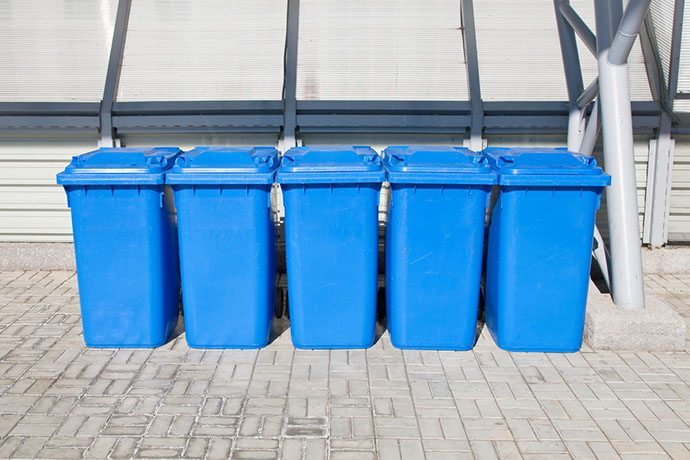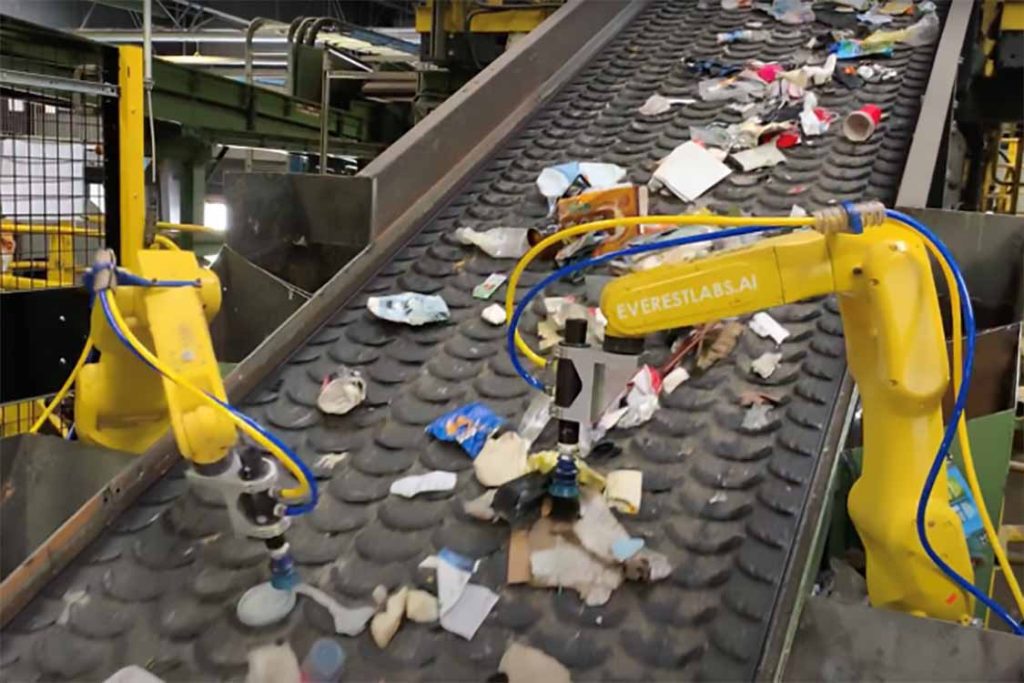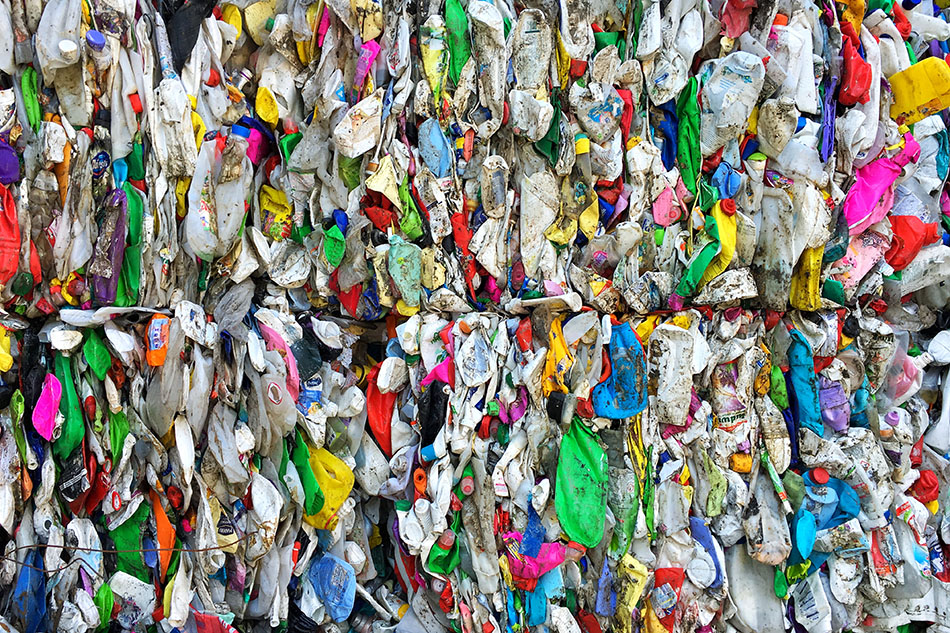Prices for curbside scrap plastics have either crept upward or remained relatively flat this month.

Prices for curbside scrap plastics have either crept upward or remained relatively flat this month.

Curbside plastic bales values are continuing their upward trend, with prices for PET, natural HDPE, color HDPE and PP all increasing over the past month.
 The price of curbside PET bales has continued to climb, rising 9% between January and this month. Continue Reading
The price of curbside PET bales has continued to climb, rising 9% between January and this month. Continue Reading

Dylan de Thomas with The Recycling Partnership believes that EPR policies could help the U.S. achieve higher recycling rates. | vvoe/Shutterstock
The last several years have been a real roller coaster ride in the news for recycling, with the industry being called all manner of pejoratives, up to and including “dead.”

JD Ambati, CEO of robotics company EverestLabs, believes AI-powered robotic sorting can help materials recovery facilities improve both efficiency and safety. | Courtesy of EverestLabs
 The late-2022 rise in PET prices has extended into the new year, with the recovered plastic grade seeing a 12% bump this month. Continue Reading
The late-2022 rise in PET prices has extended into the new year, with the recovered plastic grade seeing a 12% bump this month. Continue Reading

A recycling technology company leader argues we should evaluate whether the outputs of molecular recycling technologies qualify as recycling, instead of applying labels to the processes themselves. | maciej nicgorski/Shutterstock
 Compared with recent months, December has brought stable prices across the range of scrap plastics, with PET and natural HDPE bale prices rising only slightly.
Compared with recent months, December has brought stable prices across the range of scrap plastics, with PET and natural HDPE bale prices rising only slightly.
 Scrap natural and color HDPE prices have increased by 32% and 40% over the past month, continuing a recent rebounding in plastic bale prices.
Scrap natural and color HDPE prices have increased by 32% and 40% over the past month, continuing a recent rebounding in plastic bale prices.
